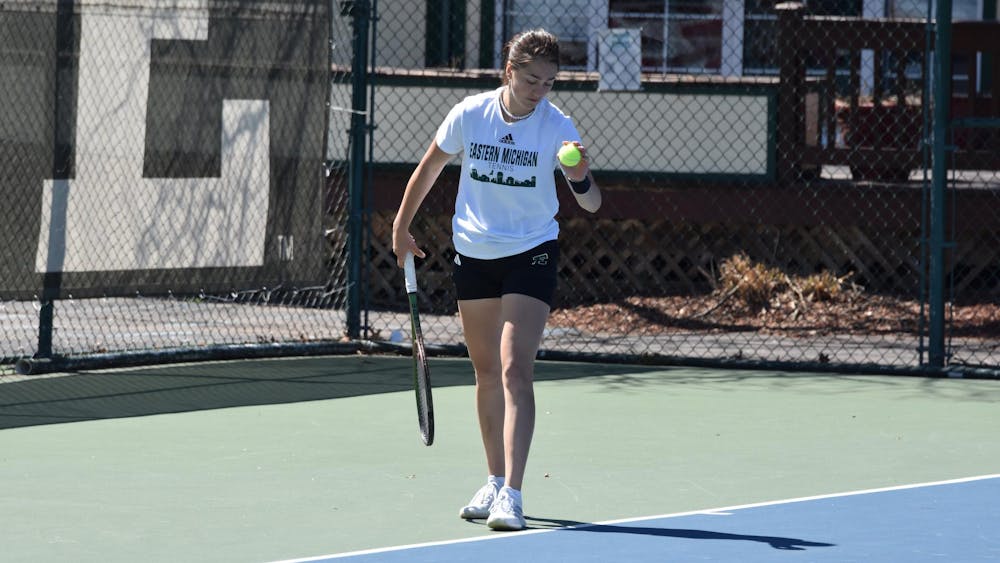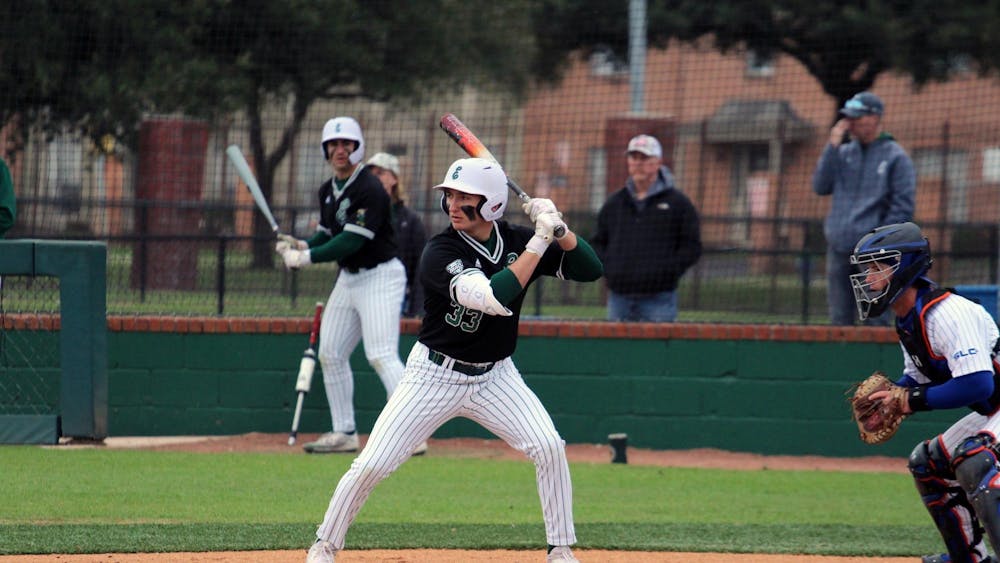Eastern Michigan University will soon begin using a Quick Response code reader system in many of the departments across campus.
Rhonda Longworth, associate provost and associate vice president for academic programming and services, said the newly developed system that employs quick response codes will be used to better track student attendance at a variety of venues across campus.
“At this point in time, we are beginning the process of using smartphone technology to read the student codes, upload that attendance information into student records,” she said.
Longworth said this process will allow students to log into their myemich.edu account online and easily verify the number of events they have attended that count towards their Learning Beyond the Classroom general education credit requirements needed to graduate from EMU.
Longworth said the idea was brought forth last year by John Williams, a graduate assistant in the academic programming office. While working with his supervisor, Christine Deacons, Williams suggested the idea of using QR codes to track attendance at events.
“I knew that the general education director, Chris Foreman, had been looking for a widely accessible, mobile and cost-effective way to electronically track attendance at LBC events for quite some time and was working with Student Government leaders to identify an online system of information,” Longworth said. “They all brought their energy, enthusiasm and creativity to the task, found a vendor to help design the phone app and pulled it all together.”
Longworth said the charge for such a process is a very cost effective solution for the university.
“To date, we have paid the minimal costs from existing budgets,” he said. “We have purchased a small number of smartphones and worked together with a vendor to develop the application. During this testing phase, they have charged us a nominal fee.”
She also said the students will not be charged while using the process.
Longworth said investments made in staff time and a few thousand dollars over the life of the project, will markedly improve information access to 18,000-20,000 undergraduate students. The process looks to expand the use of the technology to track attendance in other venues and will do so as time goes on.
Longworth said academic and student-support staff as well as student leaders who are interested in using the technology for events are in the process of being trained to use the system.
“Some areas are already using the technology and more will be as this training continues,” she said.
Longworth said no one is required to use the system today, but the process has received positive responses from all of the people involved.
“We think it will be widely adopted because it is easy to use and supports delivering quality academic information to students,” she said.
She doesn’t see any disadvantages regarding the use of the system.
“It provides a very cost-effective and easy-to-use solution to a problem that we had been trying to solve for some time,” Longworth said. “We are working very hard to provide more and better information to students about their academic progress to graduation at EMU. This moves us forward on that path and I am grateful to the staff on campus who came up with such a creative approach to the issue.”
EMU student Katelyn Deroche said she finds the code process very helpful, especially if the students gain credit for attending different events across campus.
“I think it’s beneficial that you don’t have to sign in [at] events,” she said.
She also said although no one particularly likes to be monitored, she would use it and would eventually like to see how the system plays out.
Foreman said the quick-response implementation team is currently working with primary event providers such as the theatre, art and music and dance departments as well as Campus Life, to set up the process for reading student’s QR codes when they attend campus events.
“That work is targeted to be completed by mid-October, at which time students will be notified about the process for getting their individualized QR codes,” he said.








